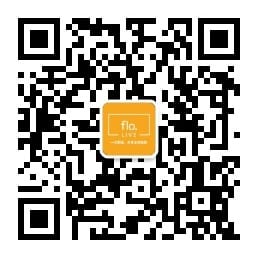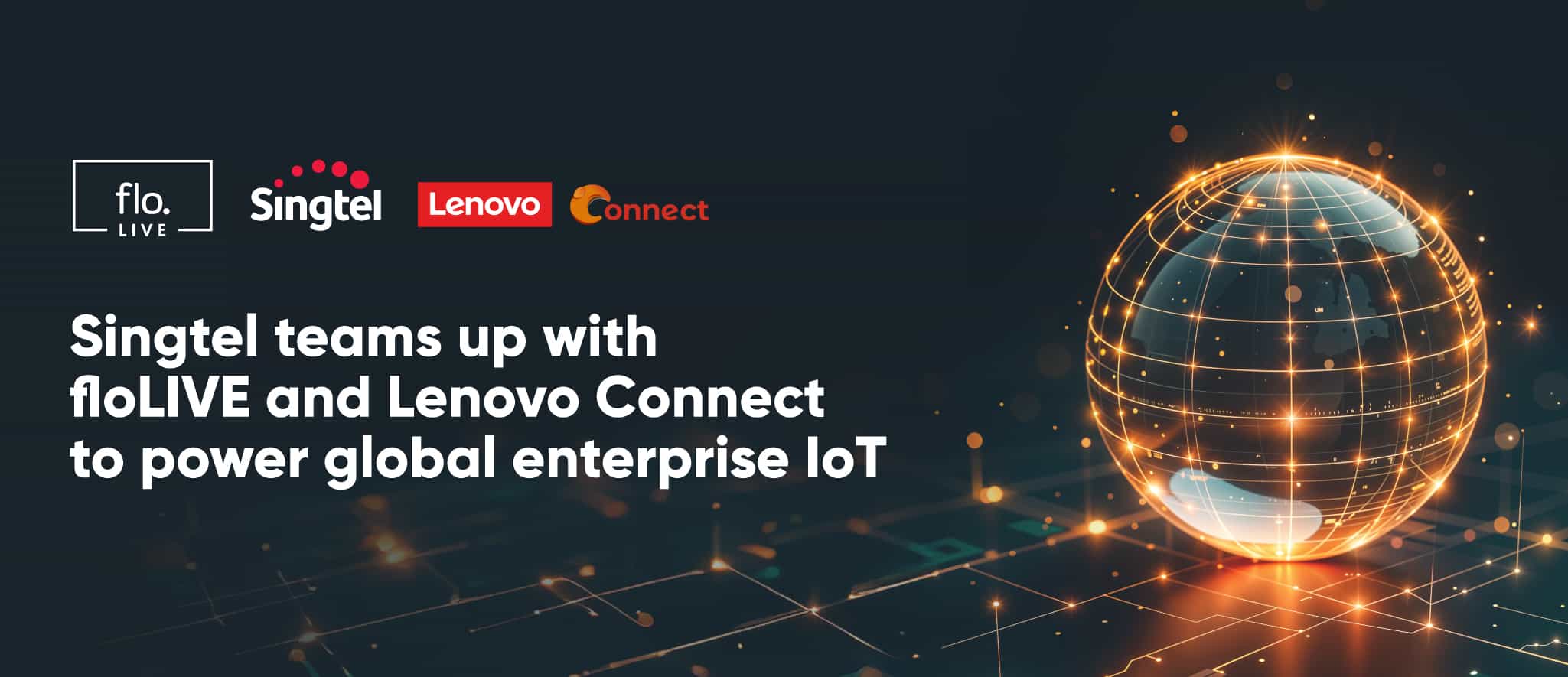Page Contents
Recommended IoT Connectivity Solutions: Top 5 Providers in 2025

Page Contents
What Are IoT Connectivity Solutions?
IoT connectivity solutions refer to the technologies and services that enable devices to communicate, exchange data, and function within the broader Internet of Things ecosystem. These solutions consist of various networking methods—including cellular, Wi-Fi, LPWAN (Low Power Wide Area Network), satellite, and wired connections—tailored to the requirements of different IoT applications.
The role of an IoT connectivity solution is to reliably transmit data between devices, sensors, cloud platforms, and end-users in real time or near-real time. Selecting the right IoT connectivity solution is critical for the success of any IoT deployment.
The growth of connected devices in industries such as manufacturing, logistics, healthcare, and agriculture creates diverse connectivity demands. These vary by required coverage range, bandwidth, power consumption, scalability, and operational cost.
This is part of a series of articles about IoT networking
Key Factors for Evaluating IoT Connectivity Solutions
Coverage
Coverage refers to the range and strength of the IoT connectivity network. It’s a critical factor in determining how well a network will support devices over large areas, whether urban, suburban, rural, or remote locations. For example, solutions like cellular (4G/5G) can provide nationwide or even global coverage, making them suitable for applications that require wide-area connectivity.
LPWAN solutions such as LoRaWAN and Sigfox typically serve more localized use cases, offering extended coverage in urban areas but with limitations in remote locations. Satellite-based solutions, while typically more expensive, offer global coverage in hard-to-reach regions. Choosing the right solution requires balancing the geographical needs of the IoT network with the deployment costs and operational considerations.
Reliability and Availability
Reliability refers to the ability of the connectivity solution to deliver consistent, uninterrupted service, ensuring that devices remain connected even during network congestion or failure. High reliability is crucial for critical applications, such as in healthcare (e.g., patient monitoring), automotive (e.g., autonomous vehicles), and manufacturing (e.g., industrial IoT). In terms of availability, it’s about ensuring that the service is always accessible when needed, with minimal downtime.
For example, cellular networks have high reliability in most areas, but in areas of poor cellular coverage, satellite may offer better availability. Some solutions offer redundant paths or multiple networks to ensure devices stay connected, even if one connection method fails. High availability reduces the risk of disruptions, ensuring that operations run smoothly without downtime.
Compliance
Compliance is a vital consideration when selecting an IoT connectivity solution because many industries have strict regulations regarding data privacy, security, and interoperability. Solutions that handle sensitive data (such as in healthcare, finance, or government) must comply with regional and global standards like GDPR, HIPAA, or PCI DSS. Compliance ensures that data is stored, processed, and transmitted securely, protecting both the organization and end users.
Moreover, depending on the geographical location of devices, connectivity solutions must adhere to local regulatory standards regarding spectrum usage, data sovereignty, and wireless communication. Ensuring compliance not only helps avoid legal penalties but also builds trust with customers and partners by ensuring that data handling meets or exceeds industry standards.
Simplicity
Simplicity in IoT connectivity refers to the ease with which devices can be managed, monitored, and maintained. A simplified approach, such as using a single SIM card or a unified platform, reduces operational complexity by eliminating the need for managing multiple networks, vendors, or configurations.
With a Single SIM, IoT solutions can avoid the complexity of managing various SIM cards or contracts with different carriers. This is particularly useful for enterprises that deploy IoT devices across multiple regions or countries, as a single SIM can be used globally, reducing administrative overhead and the risk of connectivity issues.
Performance
Performance in IoT connectivity is about how efficiently the network can transmit data, handle large volumes of traffic, and support real-time communication. Performance metrics to consider include data speed (bandwidth), latency (how quickly data can be transmitted between devices), throughput (the amount of data transmitted over a given period), and packet loss (which can negatively impact IoT device performance).
In high-performance environments like video surveillance or industrial automation, low latency and high throughput are essential for real-time decision-making. On the other hand, applications like smart meters or environmental sensors might tolerate higher latency but require low power consumption and reliability.
Customer Support
Customer support plays a crucial role in ensuring that the IoT solution continues to operate smoothly over time. A reliable support system helps organizations resolve technical issues quickly, ensuring that devices and systems stay connected. Depending on the scale and critical nature of the IoT network, organizations may require 24/7 technical support, proactive monitoring, and regular software updates.
Some IoT connectivity providers offer dedicated account managers or technical teams that assist with troubleshooting, integration, and optimization of the connectivity solution. A customer support system is also important for training staff and users on the functionality of the IoT solution, ensuring the business can fully leverage the technology. Additionally, providers that offer service level agreements (SLAs) help organizations ensure they meet uptime expectations.
5 Recommended IoT Connectivity Solutions
1. floLIVE

floLIVE offers a cloud-native, software-defined global connectivity platform designed specifically for IoT. Its service provides seamless localized global connectivity with a focus on regulatory compliance and performance optimization. The platform enables enterprises to manage connectivity, monitor devices, and troubleshoot issues through a single pane of glass.
Key features include:
- floLIVE provides 24/7 support, SLAs, and dedicated account teams to ensure smooth onboarding, issue resolution, and long-term success—plus proactive enablement for partners and enterprises.
- floLIVE offers global connectivity through its multi-IMSI SIMs, local core network deployments, and eSIM support, ensuring seamless coverage and compliance across regions without sacrificing performance.
- Built for mission-critical use cases, floLIVE provides redundant cloud-native infrastructure, automatic IMSI switching, and real-time monitoring to ensure always-on, high-quality connectivity.
- floLIVE enables data sovereignty with local breakout, supports regulatory compliance (e.g., GDPR, roaming laws), and offers security-by-design with built-in encryption and access controls.
- A single SIM, contract, and unified Connectivity Management Platform (CMP) reduce complexity. Customers can manage global deployments with ease via UI or APIs—plus white-label options for partners.
- With localized PGWs, smart network selection, and support for broadband and narrowband IoT, floLIVE delivers low latency, high throughput, and optimized data paths for real-time applications.
2. Eseye

Eseye offers a consultative approach to global IoT connectivity and device integration. Its AnyNet+ eSIM and SMARTconnect applet enable network selection across over 700 networks in 190 countries. Eseye delivers full-stack solutions including hardware (e.g., Hera router), device onboarding, and remote management.
Key features include:
- AnyNet+ eSIM with global multi-operator profile support
- SMARTconnect for intelligent network selection and failover
- Cloud-native architecture and direct AWS/Google/Azure integration
- Vertical-specific hardware and gateways (e.g., Hera router)
- Consulting and device onboarding services, including app ecosystem
3. Singtel

Singtel delivers IoT connectivity across Asia Pacific with global reach via roaming and partnerships. It operates NB-IoT and LTE-M networks and offers managed connectivity through its Paragon platform, a 5G orchestration and application enablement suite. Singtel is active in private 5G, smart city deployments, and enterprise edge solutions.
Key features include:
- NB-IoT/LTE-M support across Asia
- Paragon platform for 5G orchestration and vertical enablement
- Private 5G network deployments in enterprise and public sectors
- Cloud-native architecture with regional compliance support
- Active in video analytics and smart infrastructure
4. Telit Cinterion

Telit Cinterion offers an IoT portfolio spanning hardware (modules, routers), connectivity, and software platforms. It supports global cellular connectivity with eSIM and multi-IMSI options, cloud integration, and device lifecycle management. The company specializes in industrial, medical, and automotive use cases, and integrates connectivity with edge intelligence.
Key features include:
- Hardware-to-cloud IoT stack
- eSIM/multi-IMSI with global reach
- Device management, analytics, and remote provisioning
- Presence in regulated sectors (e.g., health, automotive)
- Security-first architecture with cloud enablement
5. Soracom
Soracom, part of the KDDI group, focuses on cloud-native, developer-first IoT connectivity with abstraction and automation features. Its Polaris and Dipper services abstract cellular complexity for cloud integration. Soracom offers eSIM with dynamic profile switching, a developer marketplace, and hardware like S+ cameras and smart buttons.
Key features include:
- Developer-centric architecture with API support
- Polaris/Dipper services for abstracted network integration
- Global eSIM coverage with multi-network switching
- Edge hardware portfolio (e.g., smart button, SoraCAM)
- Cloud and marketplace integration for rapid prototyping
Related content: Read our guide to IoT connectivity platforms
Conclusion
As IoT deployments continue to scale across industries, choosing the right connectivity solution requires a careful balance of technical, operational, and regulatory considerations. Organizations must assess factors such as coverage, reliability, compliance, and performance to ensure their networks can support diverse use cases effectively. A robust connectivity strategy underpins device communication and enables scalability, security, and long-term sustainability of IoT initiatives.

Join Our Newsletter
Get the latest tips and insights in our monthly newsletter.









